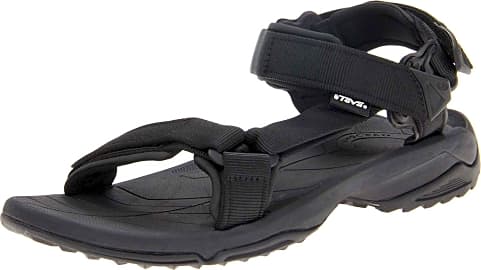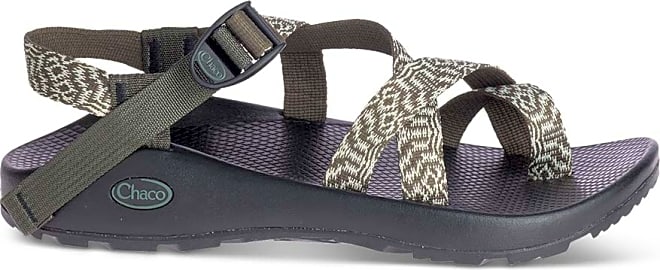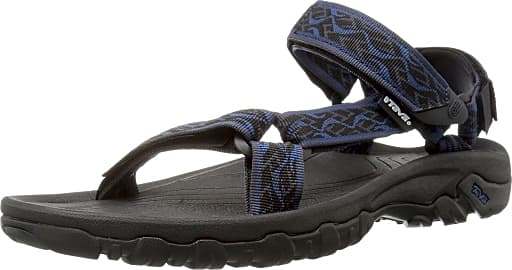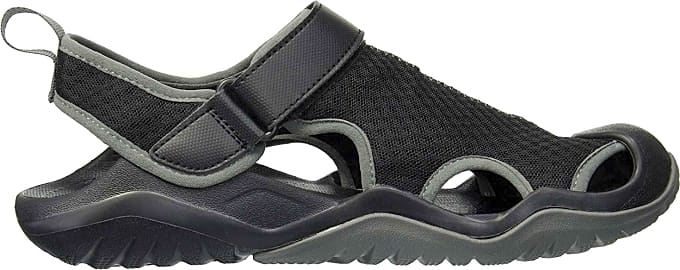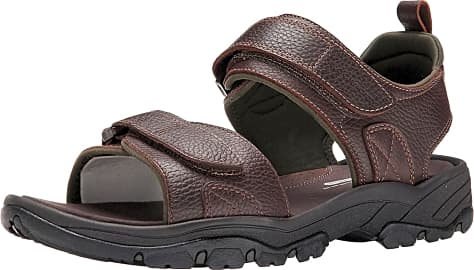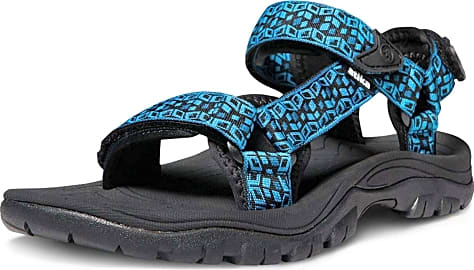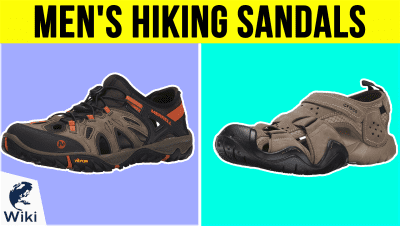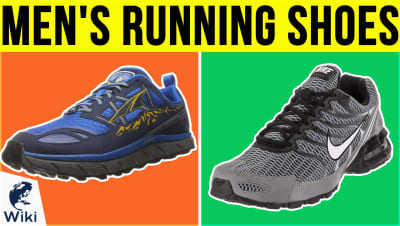The 10 Best Men's Sport Sandals

This wiki has been updated 46 times since it was first published in April of 2015. For the active guys out there who also value comfort for their feet when the weather turns warm, we've compiled this comprehensive selection of men's sport sandals. Ranked by airflow, durability and support, they come in a variety of designs to suit any taste, at a range of prices to meet any budget. They are perfect for hiking, trekking or simply wandering around town. When users buy our independently chosen editorial picks, we may earn commissions to help fund the Wiki.
Editor's Notes
June 10, 2019:
Active sandals should give you that free feeling of traditional sandals, yet the support and traction of a hiking shoe. Every item on this list meets that criteria to various degrees. We realize that many people will want to use these for amphibious applications, such as a day at the beach or hikes on trails that contain a few water crossings, so most of the models here are perfectly suited to that. Except for the Dockers Searose, Teva Forebay, and Rockport Rocklace, all of the options here dry quickly. That being said, these three models do still offer features that make them a great choice for many other uses. For example, the Dockers Searose has an extremely comfortable memory foam insole, the Teva Forebay offers toe protection and great arch support, and the Rockport Rocklace are crafted with real leather, giving them a classy look.
We feel the Ecco Yucatan are the best all-around choice, just as suitable for long hikes and crawling over wet boulders as strolling down a city street. The Keen Newport H2, Teva Forebay, and Crocs Swiftwater all have toecaps to keep your little piggies protected, making them good choices if you'll be exploring locations where you expect to encounter a lot of unseen hazards, such as spelunking in dark caves.
Anybody familiar with last year's list may notice the absence of the Xero Z-Trail Lightweight. It turns out they didn't stand the test of time well, having a tendency to deteriorate rather quickly. While this may be OK in a budget offering like the Atika Maya Trail, which most users won't expect to get years of use out of, it isn't acceptable in pricier models.
A Brief History Of Sandals
These early models were made of animal skin that was folded over the front of the foot, and then the whole thing was bound with a thong made of reeds or other material.
When you picture the type of footwear that was worn throughout antiquity, chances are you picture sandals — and there's a good reason for that. It seems likely that sandals were the first type of shoes ever worn, and they've been a popular choice ever since.
The oldest known footwear is a pair of sandals that was discovered in a cave in Oregon (no doubt near Portland). These kicks are at least 10,000 years old, so we know that people have been wearing them for quite some time. Fortunately, no socks were found with the sandals.
These early models were made of animal skin that was folded over the front of the foot, and then the whole thing was bound with a thong made of reeds or other material. They were especially popular among peoples who lived in hot climates, as they could allow the feet to breathe while still shielding them from rocks, thorns, and stinging insects or poisonous animals.
For the ancient Sumerians, shoes were a sign of nobility. The average person schlepped around barefoot, while members of the royal court wore sandals with upturned toes. These were made of dyed leather and had inserts to make the wearer seem taller, because lying has been around forever.
Around 2000 B.C.E., sandals began to appear in combat. Prior to this, warriors had usually gone barefoot, which is a good way to catch a fungal infection, not to mention a rogue arrow. These sandals were loose, to keep the foot from becoming constricted, and the design changed according to rank. Most of them had straps up to the knee, both to keep them in place and to add a little extra protection.
The Romans invented gladiator sandals, which are basically what we think of as sandals today. Then, sometime immediately after the death of Christ, it became offensive to walk around with your toes exposed. As a result, sandals began to dwindle in popularity.
In the United States, sandals didn't really catch on until WWII. Since many items were being rationed, sandals made the most economic sense, as they didn't require much in the way of raw materials. By the 1950s, sandals were commonly found on pin-up girls, and they became synonymous with hippies in the free-swinging 1960s.
Today, sandals are often worn by both men and women, as they are simultaneously comfortable and fashionable. Well — they're fashionable as long as you don't pair them with Gold Toe socks, anyway.
Choosing The Right Sport Sandals For You
Finding a good pair of sandals to accompany you on your adventures is a little different than picking out some hiking boots or tennis shoes, so here are a few things you should keep in mind before you buy your next set.
Once you find a good pair, though, you'll likely discover that going outside is more comfortable than ever before.
The main thing to keep in mind is what, you're going to be using them for. If it's hiking, consider what terrain you're most likely to encounter, and ensure that the soles are well-suited for it. Likewise, if you're going to be traipsing through streams and puddles, make sure that your pair is waterproof.
The conditions are also important. While it should (hopefully) go without saying that you shouldn't wear your sandals out in a blizzard, you do need to keep in mind what weather you'll experience, as well as any natural obstacles you may encounter.
For most sport purposes, you'll want your shoes to be lightweight. This is especially true if you'll be tossing them in your backpack at some point. You'll also want to make sure they can absorb shock well, and that's doubly important if you'll be going over rocky or uneven ground.
Beyond that, the typical rules of shoe shopping apply: make sure they fit well, that they're comfortable, that you like how they look, that they have sufficient arch support, etc. Once you find a good pair, though, you'll likely discover that going outside is more comfortable than ever before.
Heck, you might even decide to quit the rat race and join a commune out in the desert.
Running In Sandals? Really?
Recently, minimalist footwear has become the hot new thing among runners and athletes. The basic idea behind it is that by cushioning your foot with padded running shoes, you actually prevent it from developing the strength necessary to stand up to repetitive strain, increasing the risk of injury.
However, if you decide to go the minimalist route, it will take some time for your feet to adjust, so dial back a bit from your regular routine and build up to it instead.
As a result, many people have turned to shoes with little to no padding while exercising — even going so far as to run in sandals instead of cross trainers. But is this really smart? Should you really ditch those new sneakers that make you feel like you're walking on a cloud?
The answer is...it depends. (What did you expect? Modern medicine to come to a definitive answer on something for once?)
For most people, it likely won't make much of a difference either way. However, if you decide to go the minimalist route, it will take some time for your feet to adjust, so dial back a bit from your regular routine and build up to it instead.
Other folks, however, may have more serious structural problems, such as high or fallen arches, or a tendency to pronate or supinate while walking. For them, it's probably best to consult a podiatrist, and then follow their instruction. Custom-made orthotics might even be in order.
If there's no clear medical reason to choose one or the other, you can likely just pick whichever feels best to you. Many people love the comfort of padded shoes, while some runners prefer the more-economical gait that minimalist footwear forces on you.
The important thing is that, regardless of what you choose, you let everyone you meet know that you ran six miles this morning while they were still laying in bed.




